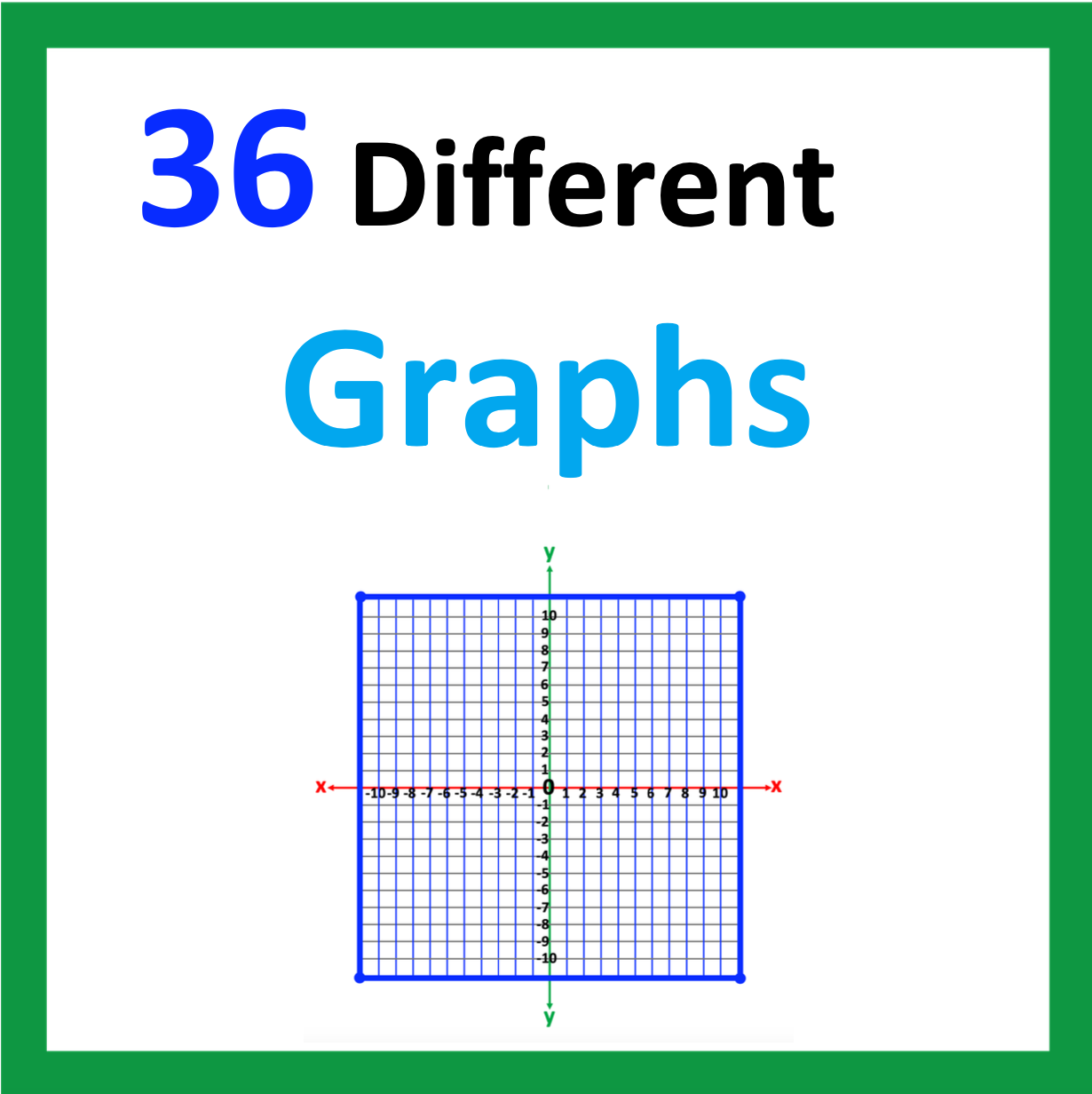Students with high-functioning autism frequently overthink conversations, and decisions. They are often perfectionists, and may also demonstrate characteristics, anxiety, and O.C.D. Let’s discover strategies that may be used to increase success for math homework.
#1 – Autism, Math, and Homework: Decompress
First, let’s think about the Algebra student’s day at school. Between moving through noisy hallways, interactions with peers, and aiming to complete all expectations from teachers, students arrive home exhausted! These students needs time to decompress, a time to let it go, and then regroup. This will help decrease anxiety and increase productivity with math homework.

#2 – Set the Mood
After the student has decompressed, homework may begin. On the other hand, there are matters to consider. Set the mood.
- 1. Organize work space
2. Write an organized plan for assigned homework, with breaks scheduled between.
3 . Use lighting that focuses on the work space, decreasing distraction from other items in the room.
4. Use noise cancelling headphones or choose math mood music that works for you.
5. Have all materials needed for homework within reach. This caninclude fidgets.
#3 – Music: Autism, Math and Homework

Furthermore, the type of music used for math homework is also important. Though the specific music genre may differ, it is important to consider the pulse rate or tempo of the music. I have students who download different music selections for different school subjects, and down time.
To understand this, think of the music you listen to when cleaning house, when reading, and managing money matters. Do you listen to the same music for each one, or do you mix it up? Why do you enjoy faster music with certain activities? Why do you enjoy slower paced music with others?
Likewise, students benefit from determining the music tempo that helps them focus and easily move from one problem to the other. This also helps students to avoid longer pauses such as over-thinking a step for solving an equation. Music should include a form of movement that keeps sending the message, “Keep moving, keep moving, keep moving” as homework dances across the pages of notebook paper.
#4 – Focus: “Rinse and Repeat”
Furthmore, if students are able to dance from one step to the next without overthinking, they are less likely to overthink a problem previously completed. This will increase their ability to complete homework in less time.
On the other hand, if a student is feeling uneasy about an equation step completed, the student may continue to the next step, yet still thinking about the previous step. While thinking about the previous step, it is difficult to think clearly about the next step to be solved.
The Solution? Encourage students to be totally focused and present in the step they are solving. Next, after completing that step instruct the students to totally let that thinking pattern go and move on to the next step, totally focused and present on the new, and repeat till the problem is done. I call this the “rinse and repeat” method. Also keep in mind that the student may need to take breaks between problem sets.
Conclusion
In conclusion, by providing time to decompress, setting the mood, using music with specific pulse rate or tempo, and practice with the “rinse and repeat,” method, students will experience greater success completing math homework with greater accuracy.

Looking for More Materials?
Click the button below to view more of my educational resources!
